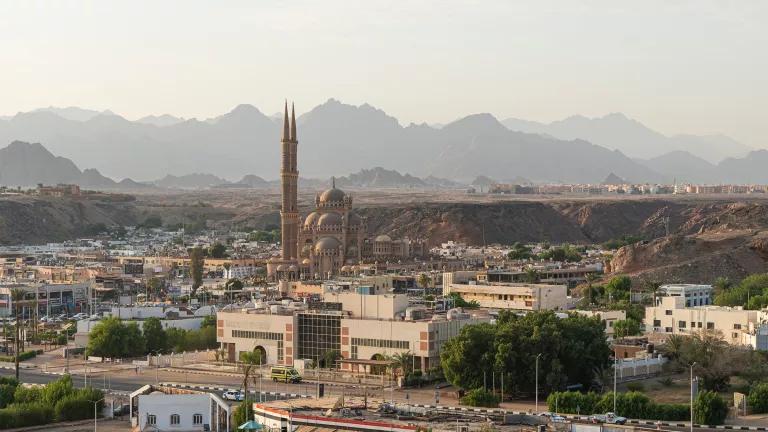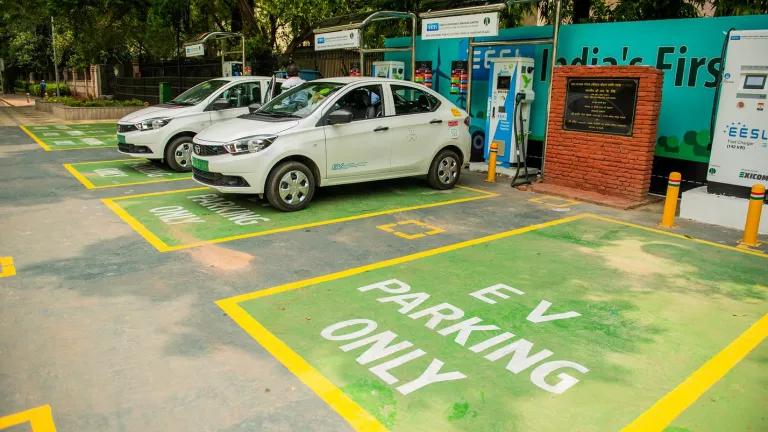Renewable Energy in India: Employment Potential and Financing Solutions for Solar and Wind Energy
With India facing rising fuel prices, threats to energy security, and the need to manage economic growth with pragmatic consideration of climate change, renewable energy offers a critical solution to India's burgeoning energy demand challenges. Further, renewable energy technologies are more labor-intensive than more mechanized fossil fuel technologies, as demonstrated in more mature markets, and can provide a tremendous opportunity to create domestic jobs.
Solar Power
In 2010, as part of its plan to address the urgent and growing demand for energy by advancing clean energy solutions, the Government of India's Ministry of New and Renewable Energy launched the Jawaharlal Nehru National Solar Mission (NSM or Mission) to promote grid-connected and off-grid solar energy. The goal is to establish India as a global leader in solar energy through policies that lead to the deployment of 100 gigawatts (GW) of solar power by 2022. Solar photovoltaic (PV) power's installed capacity increased from 17.8 megawatts (MW) in early 2010 to approximately 5,000 MW in January 2016. As India ramps up its solar installations at a rapid rate during the second phase of its Mission, an opportunity exists to increase public support for this potentially transformative energy resource.
The central government has cited job creation as part of its rationale for the Solar Mission. Solar PV is recognized as creating more jobs per unit of energy produced than any other energy source; thus it potentially represents a much needed solution to unemployment in the face of India's burgeoning population and labor force. As India moves toward its 2022 target, the Indian government must not only have a thorough understanding of the employment opportunities created by the solar industry, but also factor in this job creation potential while designing and implementing clean energy policies at the state and national levels. A rooftop solar project in Haryana to power production at a motorcycle factory for the largest manufacturer of two-wheelers in the world and a solar plant in Rajasthan demonstrate the employment potential of solar power.
Coupled with successful state-level policies in Gujarat and Rajasthan, the Mission has played a pivotal role in making the industry successful. Abundant policy instruments, such as feed-in tariffs (FiTs) and accelerated depreciation (AD), have been deployed at the state and national levels. These instruments have been vital to the rapid scale-up achieved by this industry so far and are now ready for adoption on a wider scale.
Wind Power
The Indian government recognizes that wind energy can be a significant clean energy resource. Supported by initial government policies, India is already the fifth-largest wind energy producer, achieving 20 gigawatts (GW) of installed wind power. Yet, much more can be achieved. India's wind energy production must grow tremendously to achieve the country's 60 GW target by 2022. To achieve the higher potential, the government announced plans to launch a National Wind Energy Mission.
Designing strong policies and programs that attract investment is essential to scale wind power to reach the 60 GW goal and to breathe new life into India's wind energy market. Further, with expansion in installed capacity, the wind industry can emerge as an important driver of jobs for the Indian workforce, both skilled and unskilled. A wind power project in Maharashtra highlights the potential of wind power to contribute to job growth in India.
Downloads


